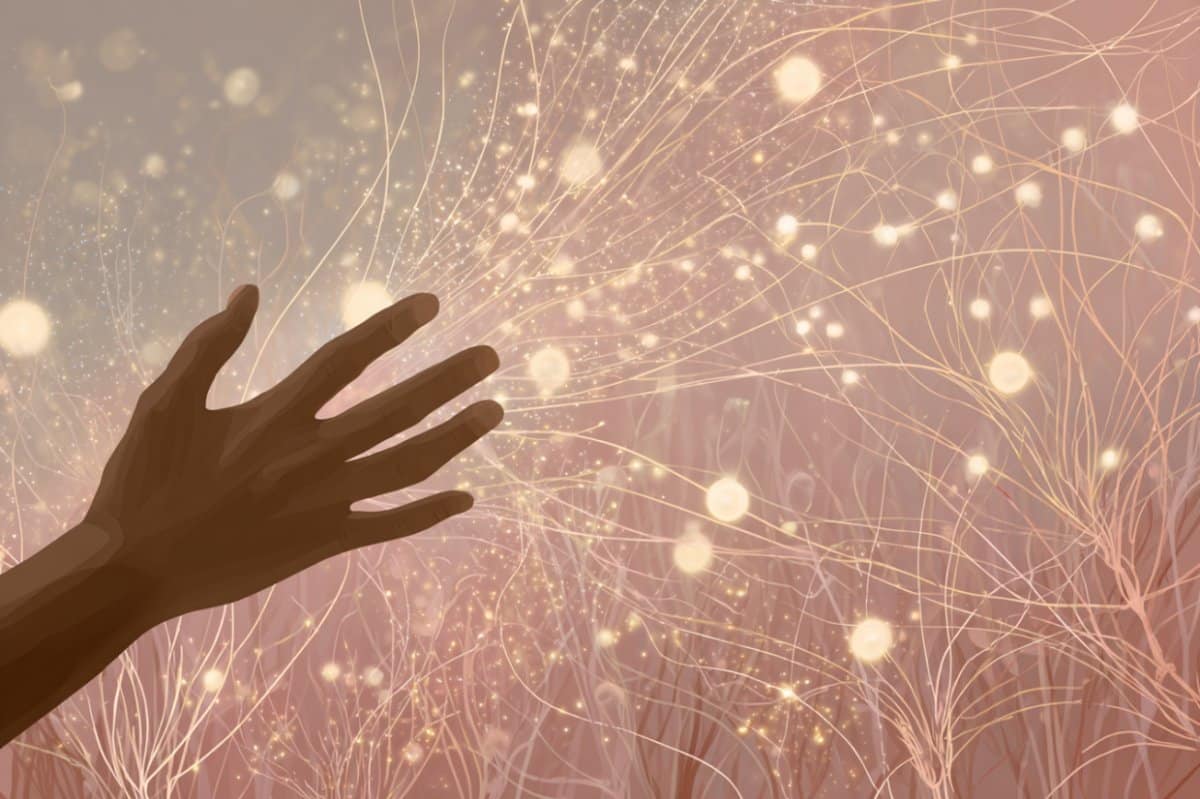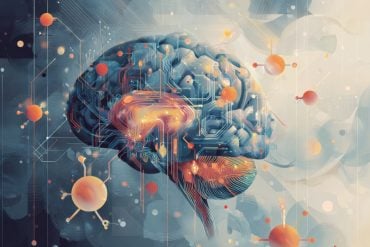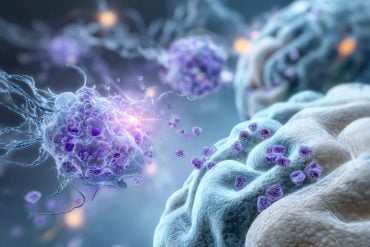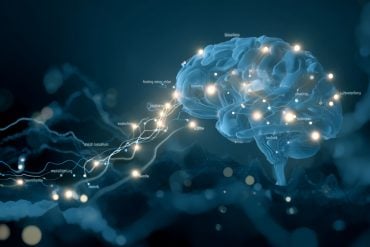Summary: A new study reveals how pleasant touch fosters social bonds between humans and rats by activating oxytocin signaling in the brain. Researchers found that repeated tickling of rats increased their vocalizations, preference for human interaction, and oxytocin receptor expression in the VMHvl region.
Blocking oxytocin signaling reduced the rats’ affinity-like behavior, confirming its key role in cross-species bonding. These findings may help explain the therapeutic power of touch and guide treatments for social interaction difficulties.
Key Facts:
- Oxytocin Link: Pleasant touch boosts oxytocin signaling, strengthening bonds.
- Tickling Effect: Rats learned to prefer human interaction after repeated tickling.
- Therapeutic Potential: Insights could inform therapies using animal-assisted contact.
Source: Okayama University
Pleasant tactile stimulation drives social bonding in many animal species, especially mammals.
Tactile stimulation forms the basis of the infant-caregiver relationship and often leads to affinity-like behavior, indicating the formation of social bonds. Juvenile-adolescent rats often engage in rough-and-tumble play, during which they emit characteristic ultrasonic vocalizations.
These vocalizations, typically in the 50 kHz frequency range, are thought to be associated with pleasurable emotional states. Juvenile adolescent rats also emit 50 kHz ultrasonic vocalizations in response to tickling with human hands, which mimics natural rough-and-tumble play.

Moreover, these rats develop a strong affinity for human hands as a result of repeated tickling.
In a study that was recently made available online on June 4, 2025, and was published in Volume 35 Issue 12 of the journal Current Biology on June 23, 2025, researchers have found that repeated tickling of human hands results in increased expression of oxytocin receptors in a region of the rat’s brain called the ventrolateral part of the ventromedial hypothalamus (VMHvl). In the study, the inhibition of oxytocin signaling in this brain region reduced affinity-like behavior in response to human touch among rats.
“We revealed part of the neural circuitry underlying why naturally wary animals become attached to humans. We discovered that during the process of rats becoming tame to human hands, the action of oxytocin in a specific brain region (VMHvl) mediates the effects of pleasant tactile stimulation and controls the formation of social bonds across species,” explains Dr. Himeka Hayashi of Okayama University, Japan, the lead author of the study.
In addition to Dr. Hayashi, the study received significant contributions from Professor Hirotaka Sakamoto of Okayama University, among other collaborators.
In the study, rats received 10 days of tickling training, during which period researchers measured their 50 kHz vocalizations. While the rats rarely emitted 50 kHz vocalizations initially, they consistently produced these vocalizations in response to tickling starting on day five.
These vocalizations became more frequent through day 10, indicating that repeated tickling produced pleasant sensations in rats.
At the end of the training period, rats were administered a conditioned place preference test. The rats expressed affinity for repeated tickling by spending more time in the tickling room after the test as compared to before.
“We have always been curious about how humans and animals can form bonds despite having no shared language or lifestyle,” says Dr. Hayashi.
“We wondered whether the connection we felt with animals was real or just our imagination. Through this study, we discovered that rats genuinely enjoy interacting with us—which brought us great happiness.”
To explore the neural connections of oxytocin receptor neurons in the VMHvI that are implicated in affinity-like behavior, the researchers conducted nerve fiber tracing studies.
Tracing studies revealed that a subset of these neuronal fibers originates from the supraoptic nucleus region of the brain, suggesting the role of oxytocin signaling from magnocellular neurons in controlling affinity-like behavior in rats.
The identification of specific neural mechanisms underlying the development of affinity-like behavior offers crucial insights into social bonding between humans and rats.
“The discovery that pleasant tactile stimulation facilitates cross-species social bonding through oxytocin pathways could lead to a better understanding of the neural mechanisms underlying both social interaction difficulties and the therapeutic effects of physical contact with companion animals such as cats and dogs.
“This knowledge may contribute to the development of novel therapeutic and support approaches for individuals who struggle with social interactions,” Dr. Hayashi concludes.
By uncovering the neural basis of cross-species affinity, it paves the way for developing therapeutic strategies that leverage physical interaction to enhance social connection and emotional well-being.
About this tactile stimulation and bonding research news
Author: Yuichi Iida
Source: Okayama University
Contact: Yuichi Iida – Okayama University
Image: The image is credited to Neuroscience News
Original Research: Open access.
“Oxytocin facilitates human touch-induced play behavior in rats” by Hirotaka Sakamoto et al. Current Biology
Abstract
Oxytocin facilitates human touch-induced play behavior in rats
Pleasant touch sensations play a fundamental role in social bonding, yet the neural mechanisms underlying affinity-like behaviors remain poorly understood.
Here, we demonstrate that juvenile-adolescent rats, which naturally engage in social play with peers characterized by rough-and-tumble interactions and 50 kHz ultrasonic vocalizations indicating pleasant sensations, develop a strong affinity for human hands through similar playful contact achieved by repeated tickling with human hands.
Using this rat with tickling-induced high affinity for human hands, we discovered that repeated tickling mimicking rough-and-tumble play led to increased oxytocin receptor (OTR) expression in the ventrolateral part of the ventromedial hypothalamus (VMHvl). Inhibition of oxytocin signaling in the VMHvl reduced affinity-like behaviors from rats to human hands.
These findings suggest that OTR neurons in VMHvl play an important role in the increase in affinity for human hands induced by pleasant touch sensation with human touch-induced play behavior.
Based on retrograde and anterograde tracing studies examining the supraoptic nucleus (SON) and the paraventricular nucleus (PVN) as primary sources of oxytocin, we demonstrate that a subset of oxytocin fibers in the VMHvl originate from the SON, suggesting that affinity-like behavior from rats to human hands may be controlled by oxytocin signaling from magnocellular neurons.
Together, this work advances our understanding of how oxytocin shapes social behavior and may inform the development of therapeutic strategies to promote positive social interactions.






